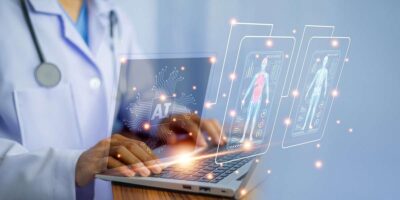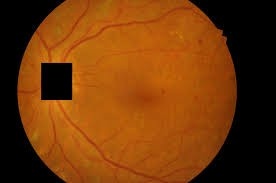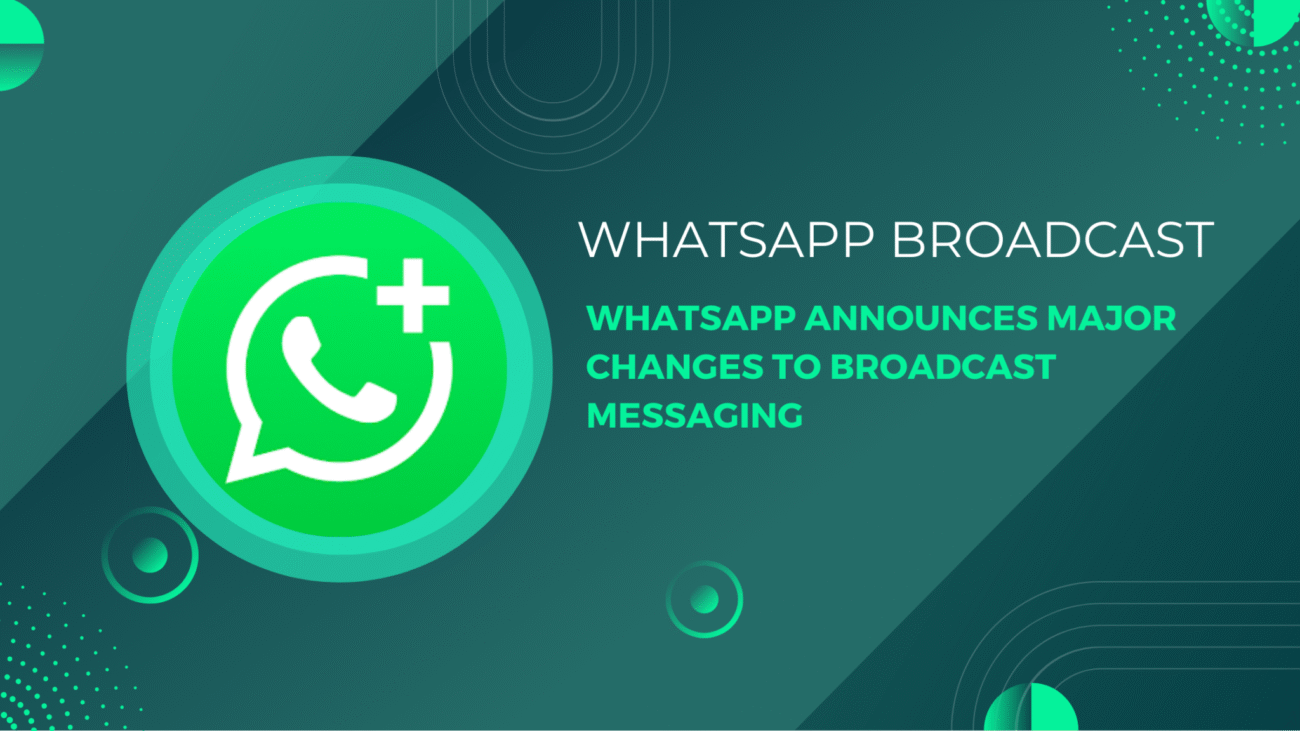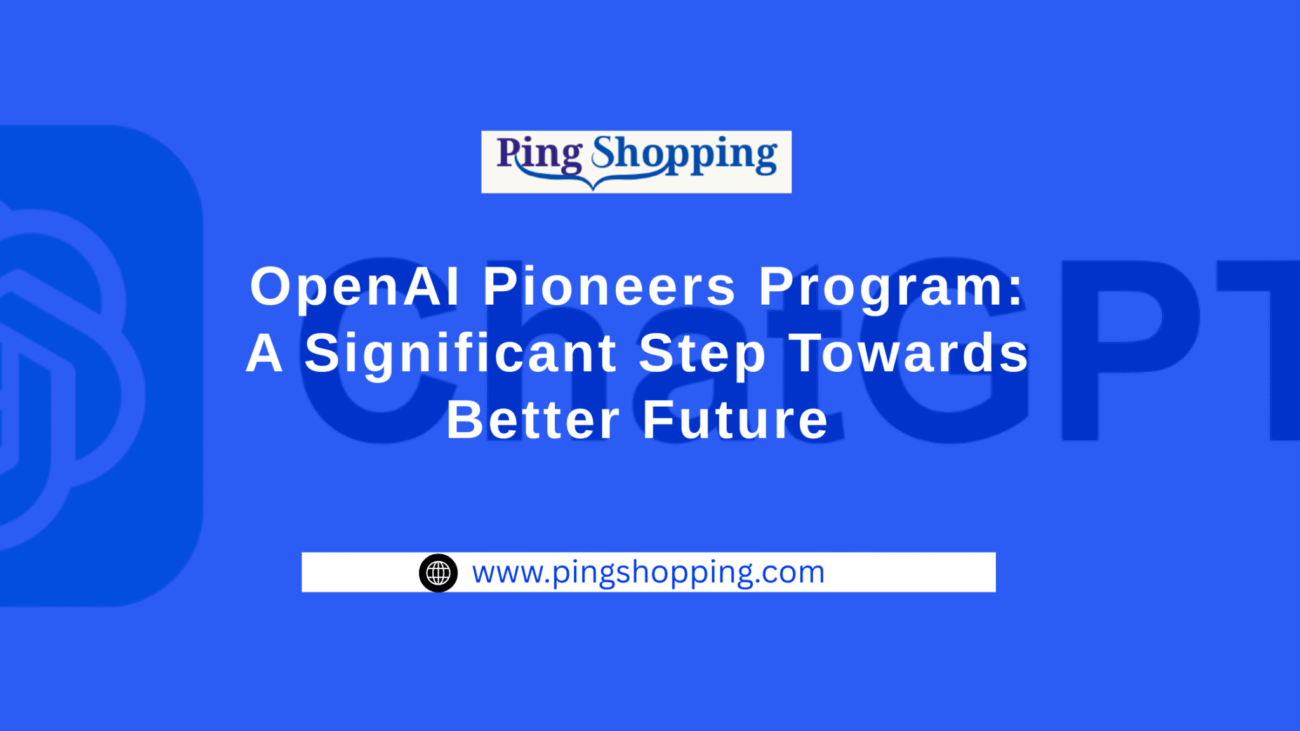Artificial intelligence is no longer science fiction in Indian medicine. It’s an active assitant in diagnostics. In fact, AI is empowering clinicians in both urban and rural areas by allowing to detect retinal changes. With the rising shortage of experts and incrasing disease burdens, AI tools are at the forefront to rescue people and reduce workload on clinicians.

1. Lightening the Clinician’s Load with AI Workflow
AI is transforming the way doctors and nurses spend time at clinics and hospitals. They help in automating routine tasks, documents clinical notes, and drafting discharge summaries. At the same time, AI guest steps for understanding symptoms and recommending nexy steps for tests or treatments. More tha 2-3 hours are freeing up for each clinician to focus on other tasks.
2. Eyes Wide Open: AI in Ophthalmology
AI’s role in Opthalmology has become significant too. It is impacting in retinal screening especially for diabetic retinopathy. It’s one of the the primary reasons of visual repairment in India’s 100+ million diabetics nation.

Recently, the Rajasthan state government ntroduced the MadhuNetr DR-AI system, a DR screening AI-driven project with fundus photography in primary health centers. The program screened already 65 patients and referred 15 of them with retinopathy for treatment with plans to roll out eight more government hospitals.
In the meantime, a multicenter Indian trial launched AIDRSS, a computer system that analyzed more than 10,000 retinal scans and recorded 92% sensitivity and 88% specificity in diabetic retinopathy detection, including flawless detection (100% sensitivity) for referable stages (arXiv). Combined, these initiatives point toward scalable, reliable solutions for preventing avoidable blindness, even in the far reaches.
3. Targeted Diagnostics: From Liver to Stroke
Apollo Hospitals is working in collaboration with Siemens Healthineers to create AI-based imaging and ultrasound devices to identify and track MASLD (Metabolic Dysfuncton-Associated Steatotic Liver Disease) that occurs in up to 32% of urban Indian stratification of the disease and earlier treatment interventions. .
4. Bridging the Rural-Urban Divide
One of AI’s most effective role is democratizing quality healthcare across the entire nation. For instance, Sankara Nethralaya Teleophthalmology program has reached over 450,000 eye patients via remote retinal screening.

The KIDROP provides retinopath-of-prematurity screening for infants for across remote districts to prevent sight loss with early detection. These interventions represents how blending AI with telemedicine, point-of care imagine, and task shifting is uplifting rural healthcare like never before.
5. Beyond Diagnosis: Precision Health & Future Possibilities
The uses of AI are rising rapidly and this is visible in precision medicine. Wipro GE Healthcare is partnering with IISc in developing advanced imagine and diagnostic AI to enhance care delivery.
The Garbhini-GA2 model for fetal-age prediction in collaboration with IIT Madras and a number of hospitals is reducing gestational age estimation. Many startup such as Aindra are also working on AI-baed point-of care solutions for diseases like cervical cancer and others are using predictive profliing tools in preventive health.
Such developements give the hints of a larger AI-infused ecosystem that helps with early prediction, prevention, and personalized care.
6. Challenges and Ethical Groundwork
Even with a lot of advancement, AI in the Indian healthcare system has to surpass many challenges. The most important things have become to tackle are data privacy, validation, and monitoring. Even the experts are focusing on making AI as the support system in clinical judgement. Many regulatory guidelines are facilitating transparency, safety, and frequent performance analysis. Unfortunately, infrastructure and equity issues are still there to tackle. Already diverse data forms, disparate costs, and access to fast internet or imaging technology are slowly AI scaling up in India. These issues are meant to be handled strongly with clinical trust creation and accessibility to technology design will turn AI as an accepted healthcare partner.
Conclusion
From rural Rajasthan eye screening clinics to liver diagnosis in high-technology hospitals, AI in India is no longer a dream. We are noticing the visible results. Through the continuum of care, AI is reducing burdens of doing mantual healthcare works. In fact, the pace is obvious AI is changing from test technology to vital health infrastrutuce.
The true potential is in careful deployment. By prioritizing verification, transparency, anonymity, and access for all, India can make AI a reliable diagnostic copilot and not a cut corner. Healthcare’s future isn’t human or AI, it’s cooperative, inclusive, and smart. And it’s here already.





